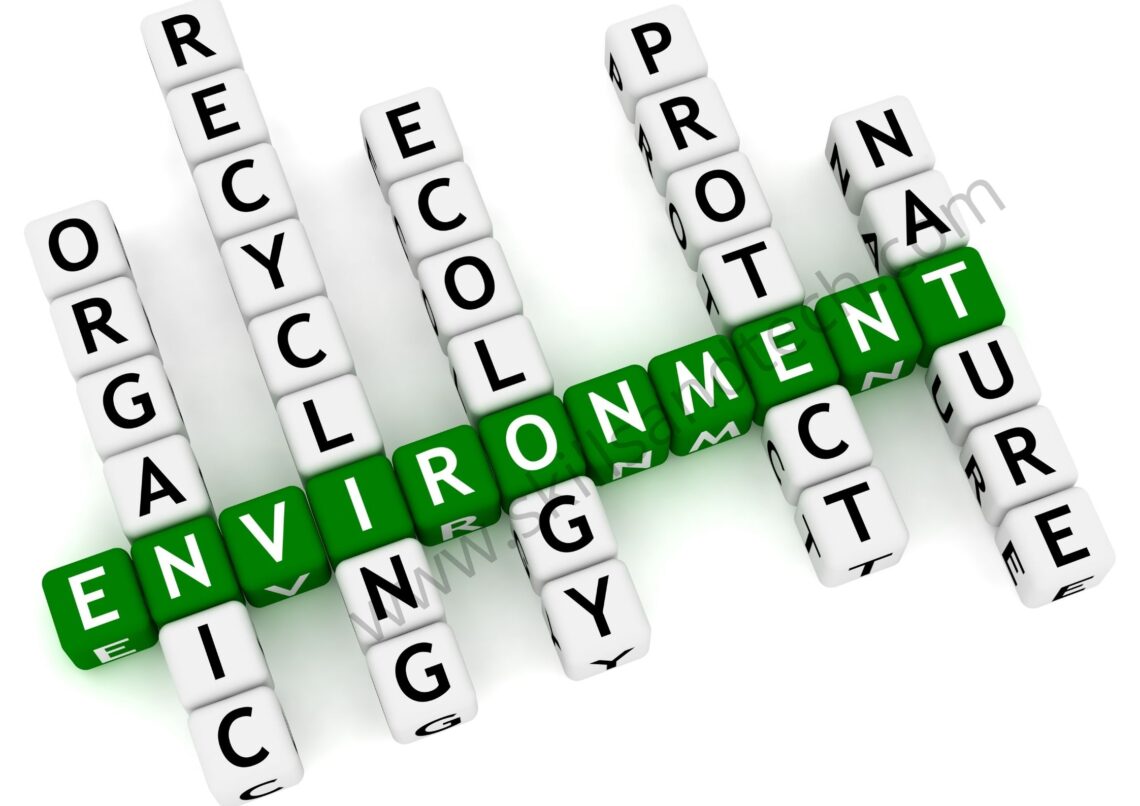
How To Apply For Environmental Certificate In India| SkillsAndTech
Environmental clearance is a procedure to get clearance from the government for certain projects which cause environmental pollution.
Government has made a list of projects which need an environmental clearance like mining, thermal power plants, infrastructure etc.
The EIA Notification categorizes the projects into two categories, i.e. Category A and B. Projects falling under Category A get clearance from the Ministry of Environment, Forest and Climate Change, and the Category B will get their clearance from the State Environmental Impact Assessment Authority.
Table of Contents
Who Needs Environmental Clearance?
According to Schedule 1 of EIA Notification of 2006, 29 types of projects need environment clearance.
Moreover, a colour codification for industries was implemented which classified the industries according to their impact on the environment. The industries were classified based on the pollution potential index as red, orange, green and white industries. Only the white category industries are exempted from seeking environmental clearance.

Following are a few examples which need environmental clearance-
- Religious and historical places
- Archaeological monuments
- Scenic areas
- Hill resorts
- Beach resorts
- Coastal areas rich in mangroves, corals, breeding grounds of specific species
- Estuaries
- Gulf areas
- Biosphere reserves
- National parks and sanctuaries
- National lakes and swamps
See Also:
- Seismic Zones
- Tribal settlements
- Areas of scientific and geological interest
- Defence installations, especially those of security importance and sensitive to pollution
- Border areas (international)
- Airports.
Laws Governing Environmental Clearance Certificate
The Environment Protection Act is like umbrella legislation which assists the Central government in coordinating the central and State authorities relating to environmental affairs.
According to the Preamble, the objective of the Environment Act is “……to provide for the protection and improvement of environment and matters connected therewith”.
Environment (Protection) Rules, 1986
The Environment Protection Act is an exhaustive law which envisages rule-making power and reaches various dimensions in the field of environmental law. The central government is conferred with a general rule-making power for carrying out the provisions of the Act.
Environment Impact Assessment Notification (2006)

The Environment Impact Assessment (EIA) Notification, 2006 was notified under the Environment (Protection) Act, 1986 and it supersede the EIA Notification of 1994. A comprehensive procedure is given for obtaining prior environmental clearance for the establishment or expansion of a project was given under the law. Under this notification, the approval for environmental clearance from the MoEF is required for-
See Also:
- Projects listed under Schedule 1
- Developmental projects in the fragile areas
- Industrial projects are having more than Rs. 500 million investment. They have to obtain a letter of intent from the Ministry of Industry, and NOCs from the State Pollution Control Board and the State Forest Department if the project talks about forestland.
- Site clearance and a final environmental clearance for the establishment and operation of any new power plant.
- The industries are categorized into category A and B depending upon their size and capacity. MoEF gives clearance to category A projects and Category B is given clearance by the SEIAA, i.e. State Environment Impact Assessment Authority.
- Expert Appraisal groups screen the application at the central and the State levels.
Procedure For Environment Clearance
Step 1:
Submission of the application form to either the Ministry of Environment and Forest (MoEF) or SEIAA according to the category.
Step 2:
Expert Appraisal committee uses the application form to decide the invention which is required for the project, which is known as Terms of Reference.
Step 3:
Preparation of Environmental Impact Assessment Report according to TOR by NABET accredited EIA Consultants.
Step 4:
Submission of draft EIA to the MoEF or SEIAA.
Step 5:
A Public hearing is conducted by the SPCB. The committee hears the objections from the public and the concerns are recorded and submitted to the MoEF.
Step 6:
A final EIA is submitted to the MoEF along with all the minutes of the public hearing for final appraisal and issuance of the certificate. MoEF has the authority to check the final EIA to TOR and refers the adherence to the expert appraisal committee.
Step 7:
The appraisal committee complete the appraisal of documents and recommends either for clearance or rejections to the MoEF and the MoEF gives the clearance or rejection letter to the project proponent.
The anticipated duration for getting an Environmental Clearance Certificate is between 6 to 12 months. Here, at LawyerINC, we provide full technical support for obtaining the certificate.
See Also:
How To Submit Proposals For Environmental Clearances
An online application for environmental clearances can be made by registering at the MoEF and CC website. Since it includes few technicalities, it is suggested to opt for expert services for applying for Environmental Clearance Certificate.
What If You Are Aggrieved By Order Of Granting An EC?
According to the National Environment Appellate Authority Act, 1997, any person who is aggrieved by the order granting environmental clearance in the areas in which the industries, operations or processes shall or shall not be carried, can file an appeal to the Authority within a period of 30 days from the date of order. The authority can hear appeal beyond this period if there is sufficient cause for delay. The appeal has to be disposed off within 90 days from the date of filing appeal. This can be extended to a further period of 30 days.
How Will LawyerINC Help You Get An Environmental Clearance?
- Connect with our team of experts
- Get a callback
- Our Expert will consult you and
- Document checklist is given
- Submit the required documents
- Filing of Application with the Concerned Authorities
- Our team will Follow-up with the authorities.
- Track Progress
- End to end service
*Any fee, stamp duty, and miscellaneous charges shall be payable extra.
Lawyer INC does not take any charges/tax on government fees. Do contact us in case of any query related to environmental clearance certificate and much more.
To avail any of our services, kindly establish contact by posting a query at our site, LawyerINC.






17 Comments
Pingback:
Pingback:
Pingback:
Pingback:
Pingback:
Pingback:
Pingback:
Pingback:
Pingback:
Pingback:
Pingback:
Pingback:
Pingback:
Pingback:
Pingback:
Pingback:
Pingback: